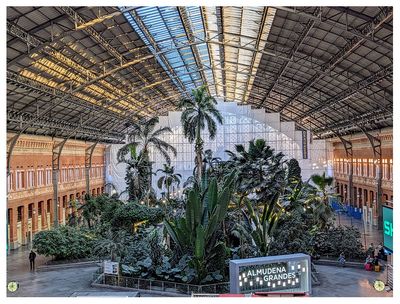
Madrid's Atocha train station |
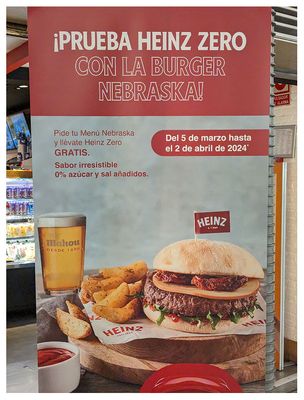
Nebraska! |
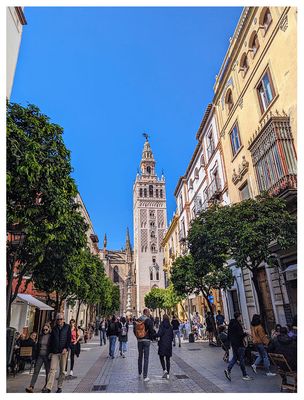
First look at the Seville Cathedral |
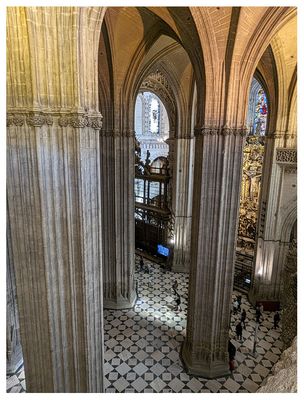
Bird's eye view of Seville Cathedral |
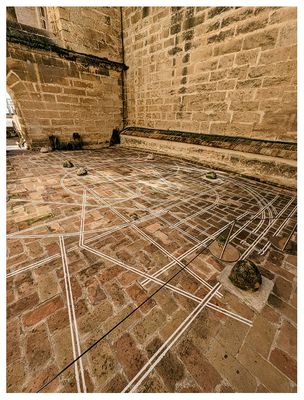
Seville Cathedral rooftop tour: Cathedral design |
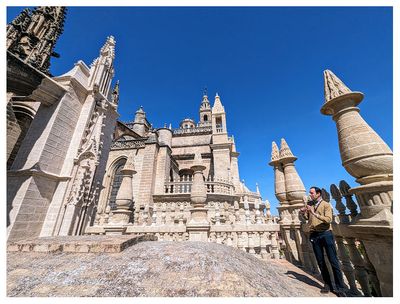
Seville Cathedral rooftop tour |
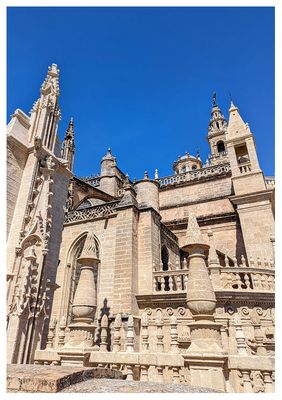
Seville Cathedral rooftop tour |
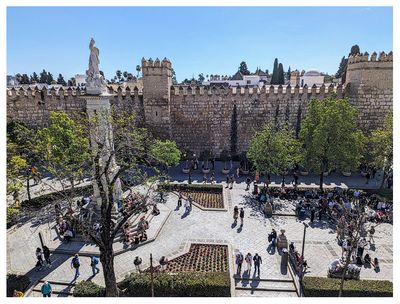
Seville Cathedral rooftop tour: View of Plaza del Triunfo, The Royal Alcázar, and Immaculate Conception Monument |
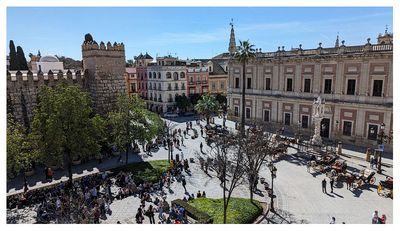
Seville Cathedral rooftop tour: View of Plaza del R Triunfo and Templete del Triunfo de Nuestra Señora del Patrocinio |
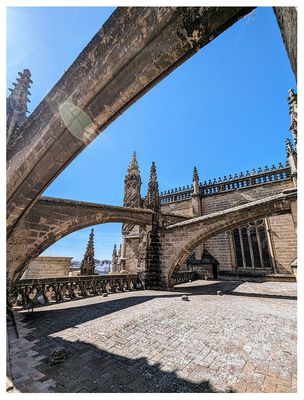
Seville Cathedral rooftop tour: Flying buttresses |
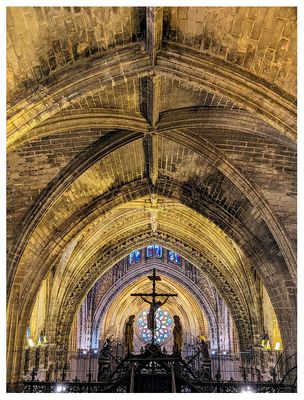
Seville Cathedral rooftop tour: Behind the high altar |
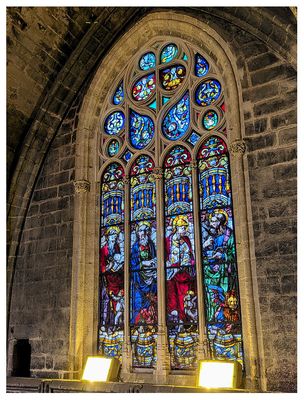
Seville Cathedral rooftop tour: Up close look at the stained glass windows |
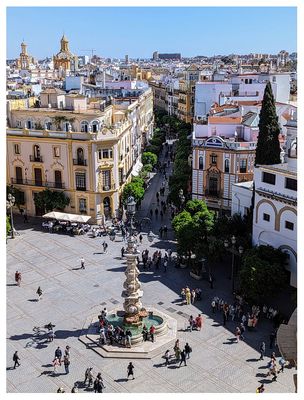
Seville Cathedral rooftop tour: View of Plaza Virgen de los Reyes |
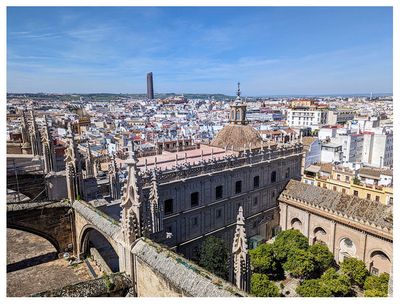
Seville Cathedral rooftop tour: View of Seville Tower |
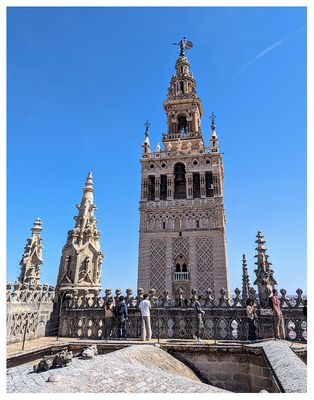
Seville Cathedral rooftop tour: Giralda bell tower |
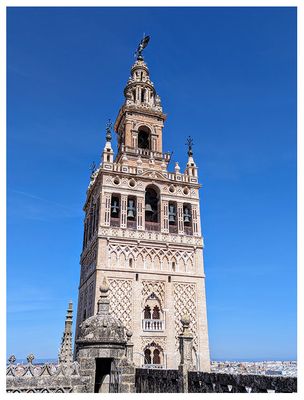
Seville Cathedral rooftop tour: Giralda bell tower |
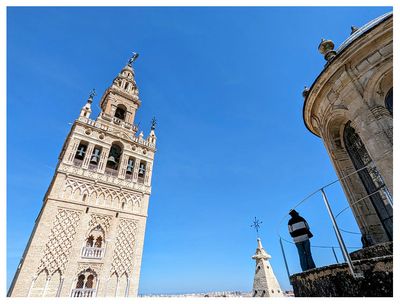
Seville Cathedral rooftop tour: Norah and Giralda bell tower |
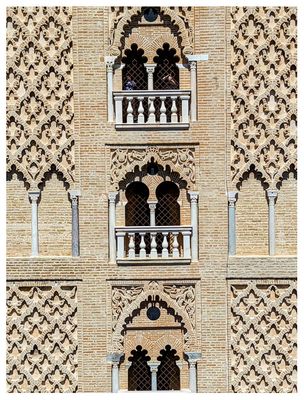
Seville Cathedral rooftop tour: Giralda bell tower details |
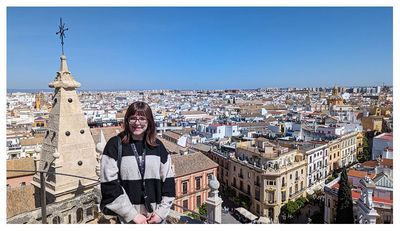
Seville Cathedral rooftop tour |
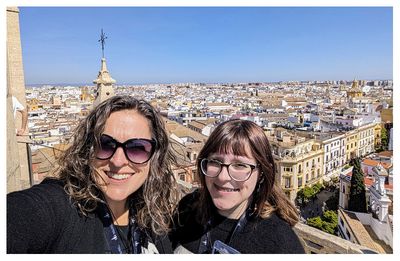
Seville Cathedral rooftop tour |
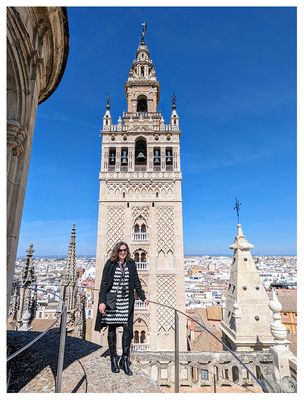
Seville Cathedral rooftop tour: Kathy and Giralda bell tower |
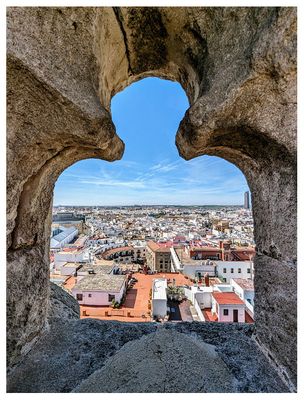
Seville Cathedral rooftop tour |
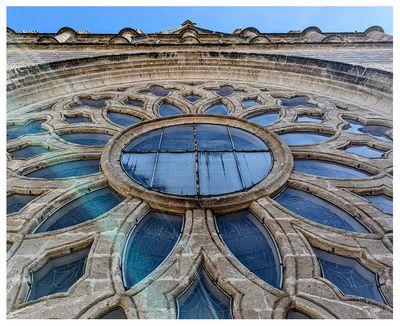
Seville Cathedral rooftop tour: Rose window |
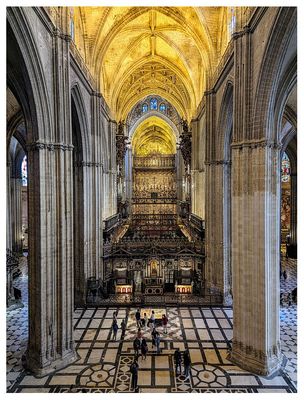
Seville Cathedral rooftop tour: Choir and high altar from back of the nave |
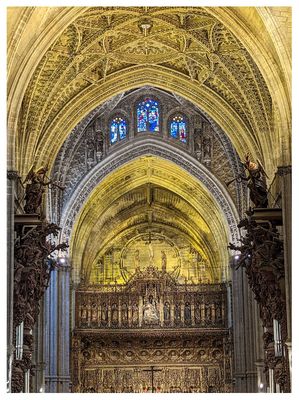
Seville Cathedral rooftop tour: High altar |
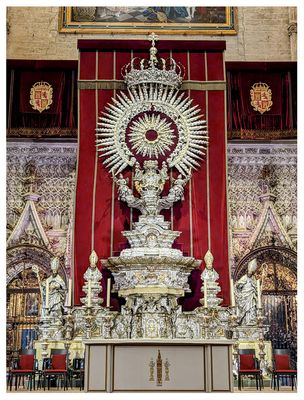
Seville Cathedral: Altar de Plata |
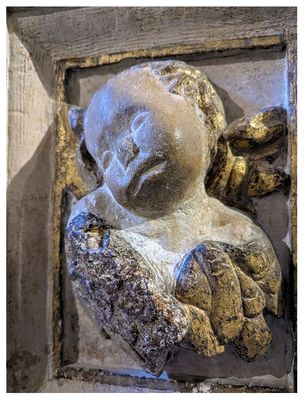
What's up with this angel? |
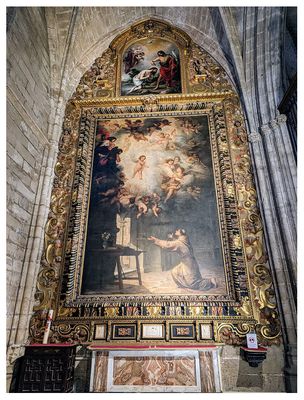
Seville Cathedral: Chapel of St. Anthony and Murillo's Vision of St. Anthony |
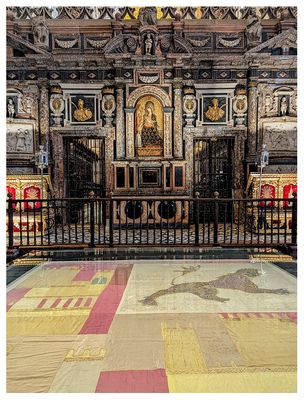
Seville Cathedral: Pennant of Ferdinand III |
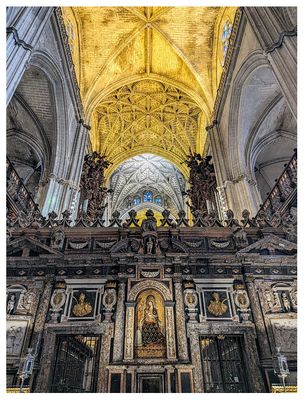
Seville Cathedral: Retrochoir |
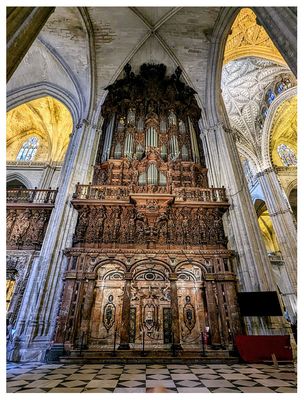
Seville Cathedral: Organ |
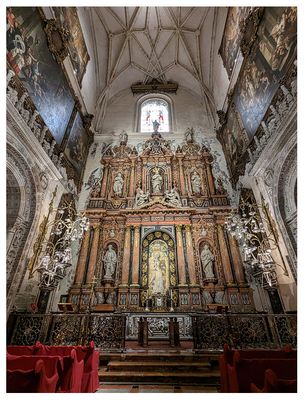
Seville Cathedral: Virgen de la Antigua |
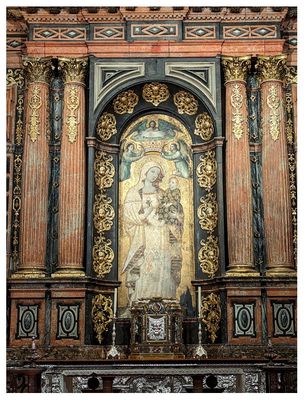
Seville Cathedral: Virgen de la Antigua |
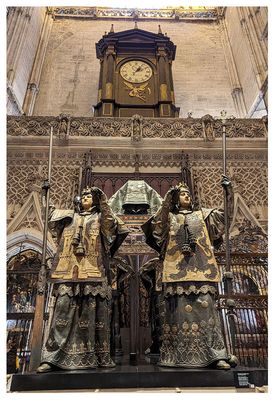
Seville Cathedral: Tomb of Columbus |
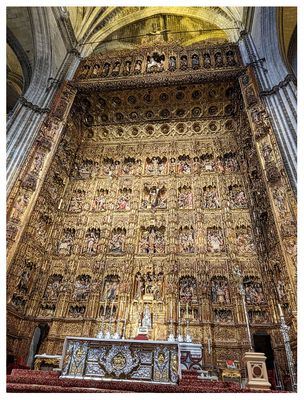
Seville Cathedral: High altar |
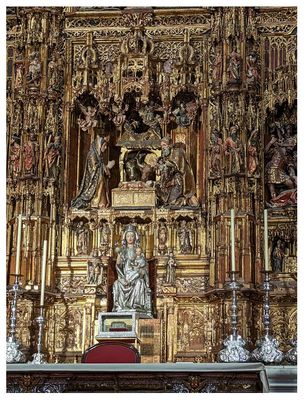
Seville Cathedral: High altar |
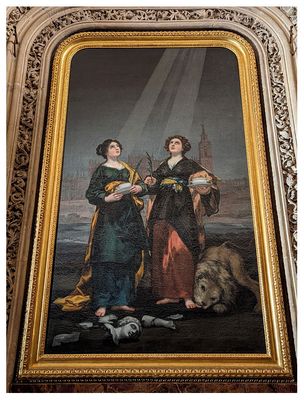
Seville Cathedral: Sacristy of the chalices and Goya's Las Santas Justa y Rufina |

Seville Cathedral: Royal Chapel grille |
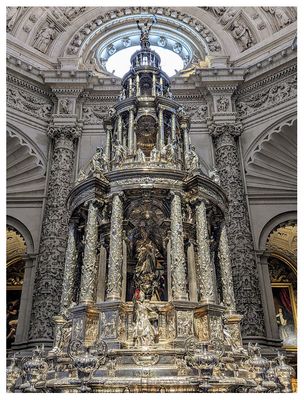
Seville Cathedral: Sacristy and the monstrance |
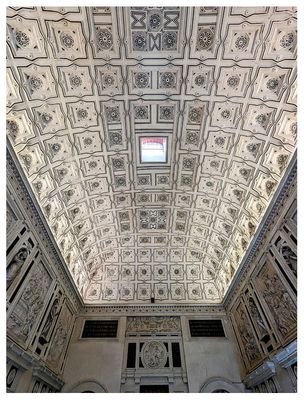
Seville Cathedral: Antechamber of the Chapter House |
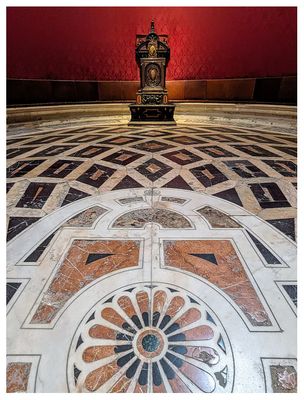
Seville Cathedral: Chapter House |
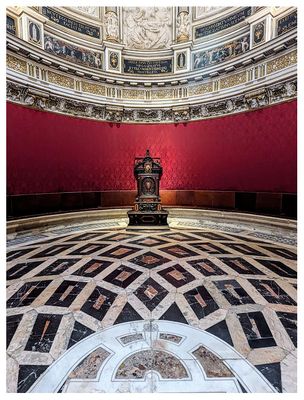
Seville Cathedral: Chapter House |
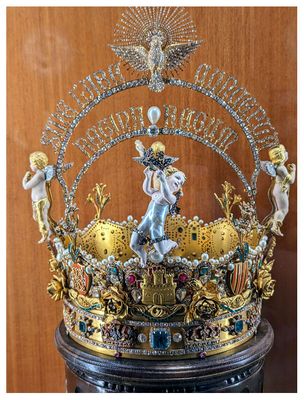
Seville Cathedral: Treasury and Corona de la Virgen de los Reyes |
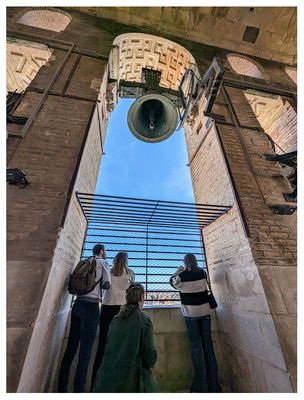
Seville Cathedral: Norah in the Giralda bell tower |
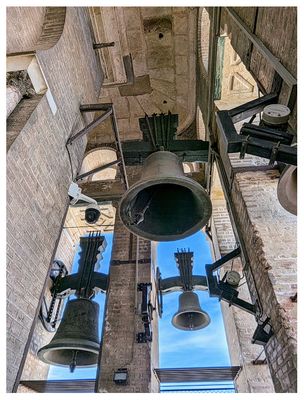
Seville Cathedral: Giralda bells |
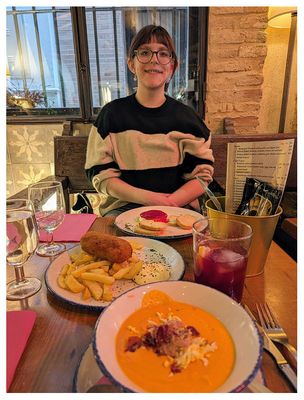
Tapas at Pelayo |
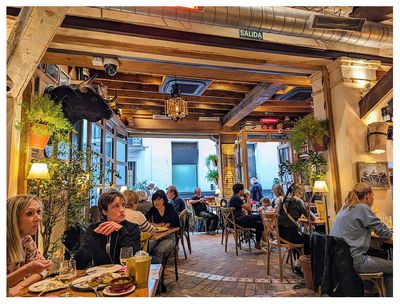
Pelayo |
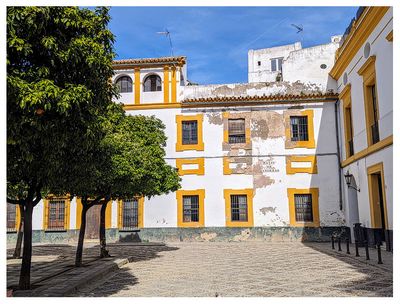
Patio de Banderas |
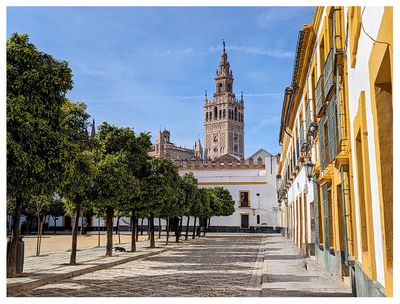
Patio de Banderas |
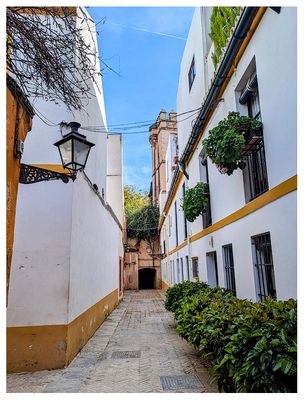
Calle de Juderia |
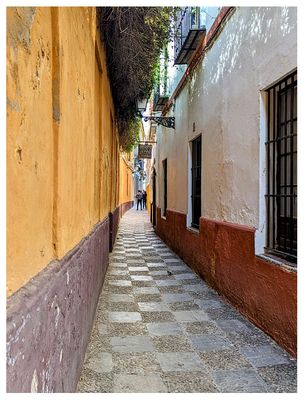
Calle Vida |
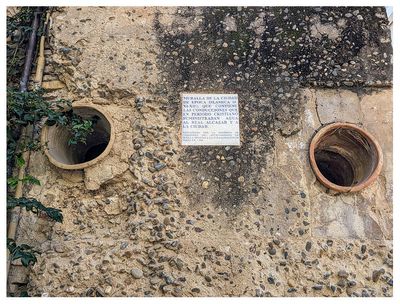
Ancient pipes on Calle del Agua |
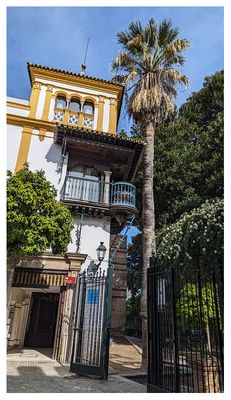
Rosina's balcony from The Barber of Seville |
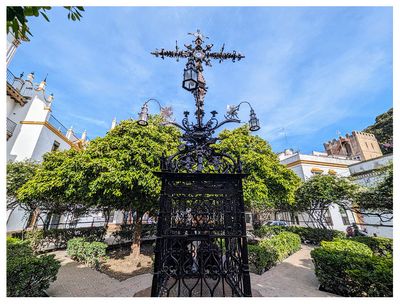
Plaza de Santa Cruz |
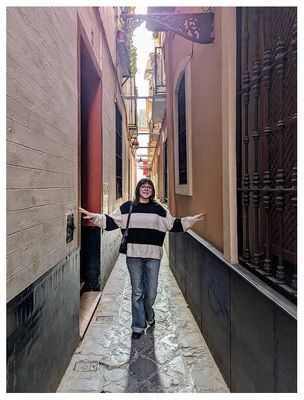
Calle Reinoso |
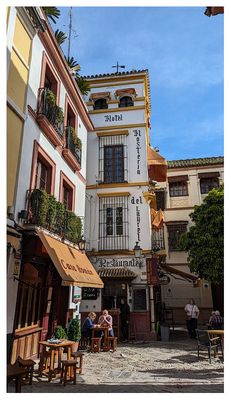
Plaza de los Venerables |
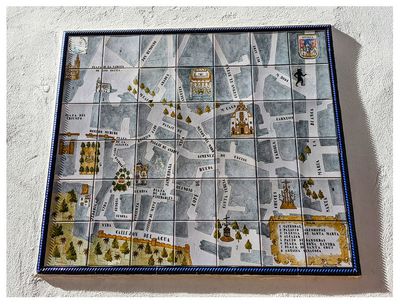
Tile map of the Jewish Quarter on Calle de Gloria |
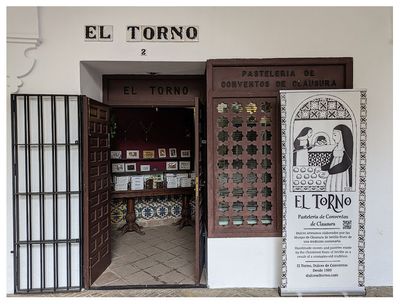
El Torno Pasterleria de Conventos de Clausura in Plaza del Cabildo |
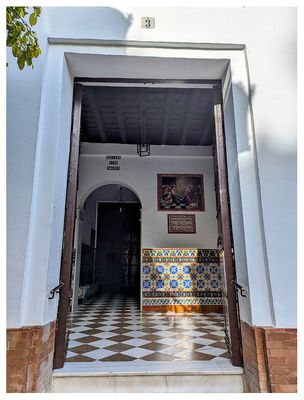
Convento de la Encarnación in Plaza de Triunfo |
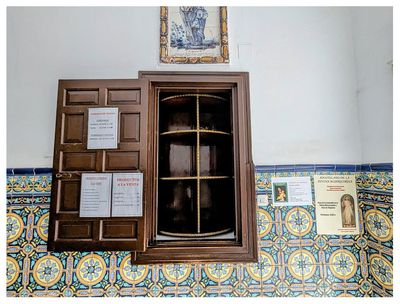
Buying a rosary via the torno |

Las Setas |
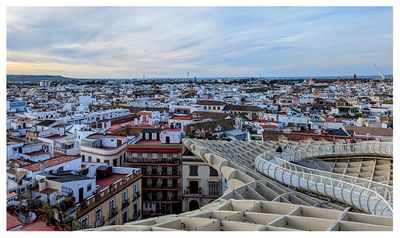
Las Setas |
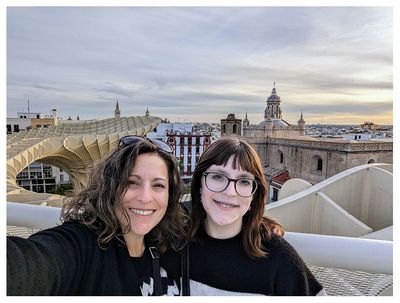
Las Setas |
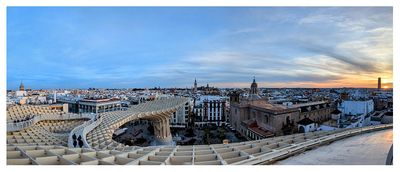
Las Setas |
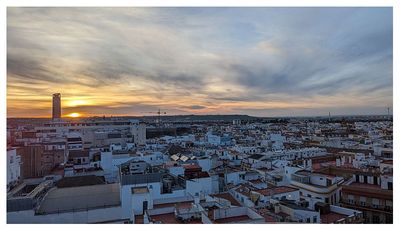
Las Setas |
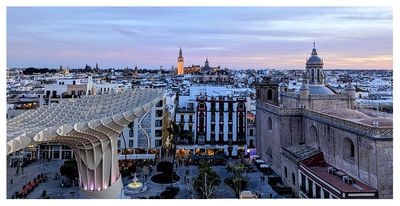
Las Setas |
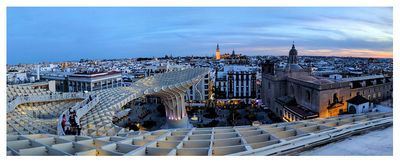
Las Setas |
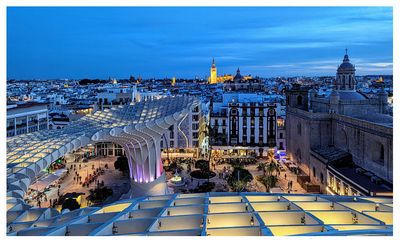
Las Setas |
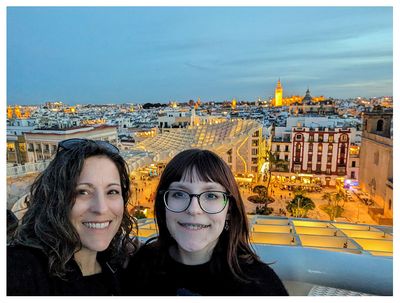
Las Setas |

Las Setas |
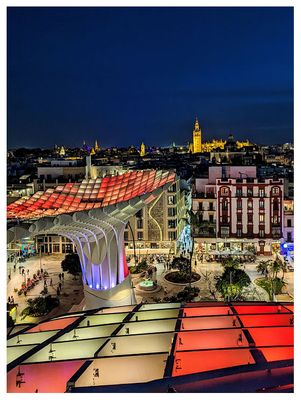
Las Setas |
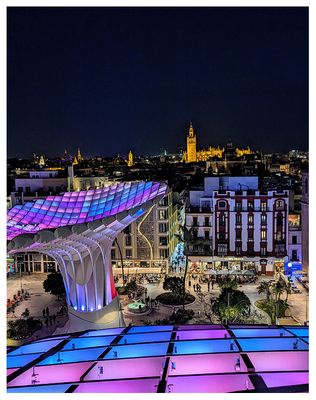
Las Setas |
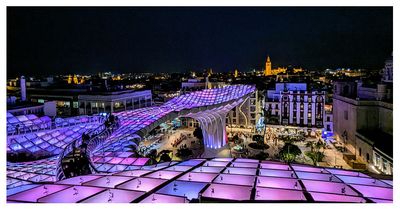
Las Setas |
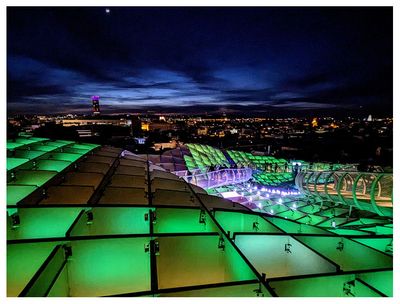
Las Setas |
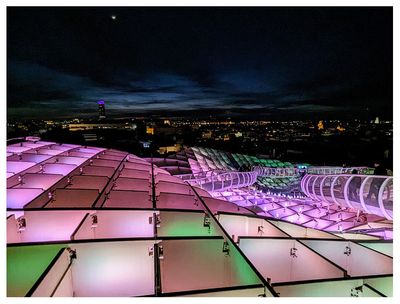
Las Setas |
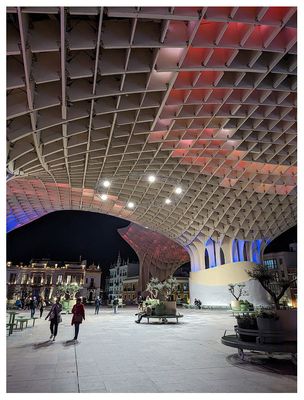
Las Setas |
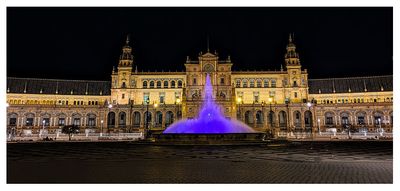
Plaza de España |
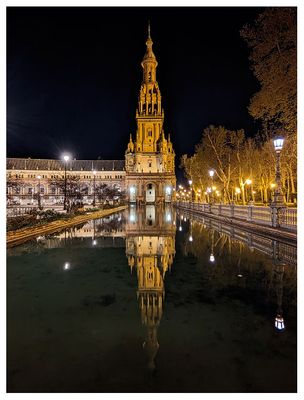
Plaza de España |
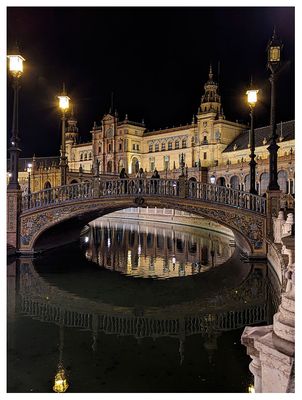
Plaza de España |
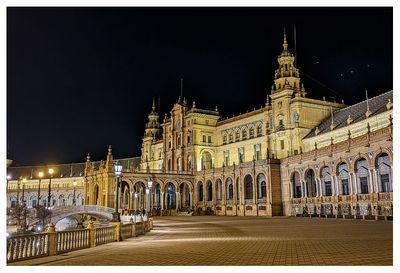
Plaza de España |
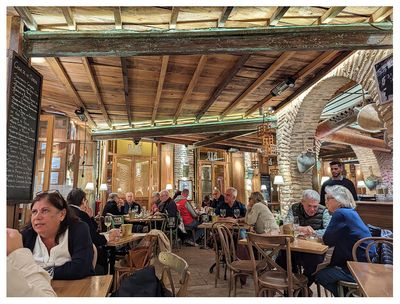
Tapas at Casa de la Moneda |
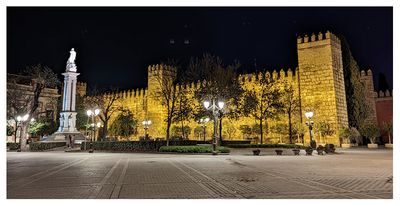
Royal Alcázar at night |
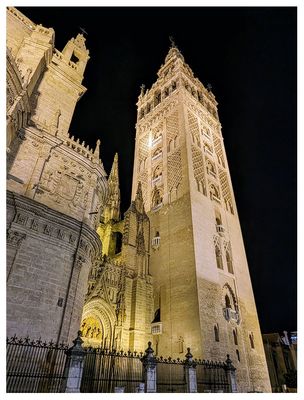
Giralda bell tower |
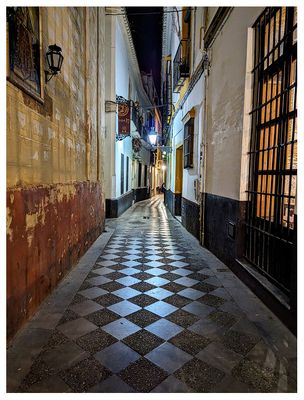
Calle Ximénez de Enciso |
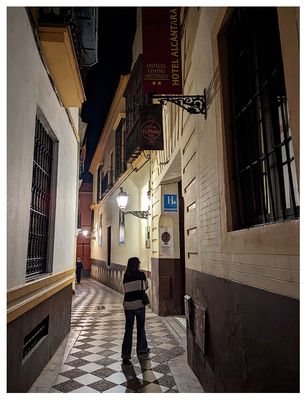
Hotel Alcántara on Calle Ximénez de Enciso |











